Planting ideas?
Tina_n_Sam
10 years ago
Related Stories
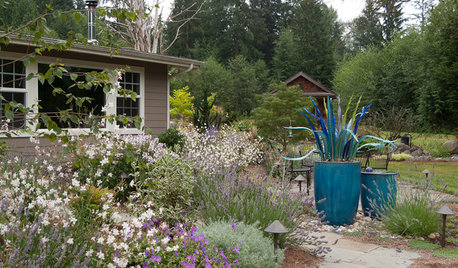
GARDENING GUIDES5 Easy Plants for a Romantic Entry Garden
Abundant flowers, a heady fragrance and striking foliage combine for a romantic front-yard garden that's deceptively low maintenance
Full Story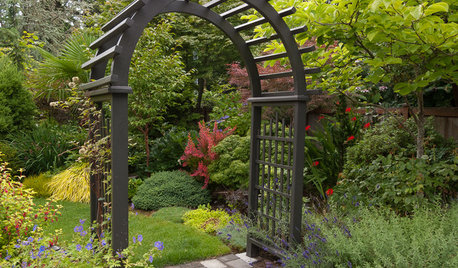
PLANTING IDEASGreat Garden Combo: 9 Plants for an Intriguing Entrance
Layer trees, flowers and shrubs around an archway to create the feeling of a year-round doorway to adventure
Full Story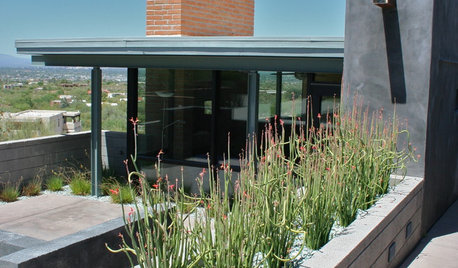
GARDENING GUIDESGreat Design Plant: Slipper Plant
Unthirsty succulent looks great all year and offers an unexpected surprise in fall
Full Story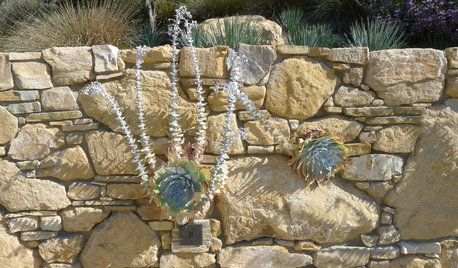
PLANTING IDEASPlanting Ideas: Life in the Crevices
Discover the beautiful planting opportunities hidden in rock walls, paver spaces and other garden gaps
Full Story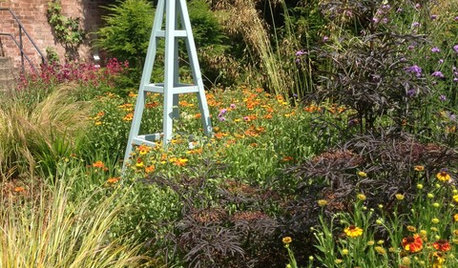
PLANTING IDEASModern Planting Ideas From a Historic English Garden
Low-maintenance, climate-fitting plants are just the beginning of the good things in this bishop’s updated garden
Full Story
GARDENING GUIDESGreat Design Plant: Helianthus Maximiliani Attracts Beneficial Insects
Maximilian sunflower’s striking yellow flowers light up the fall landscape and attract pollinators and beneficial insects at a crucial time
Full Story
GARDENING GUIDESInvite Mining Bees to Your Garden by Planting Their Favorite Plants
Look for mining bees (Andrena) pollinating woodland wildflowers in U.S. gardens this spring
Full Story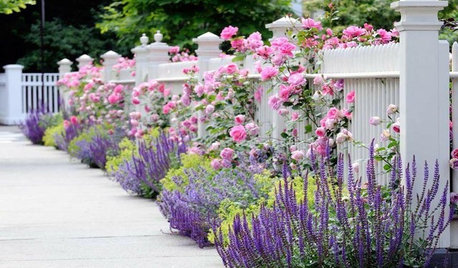
LANDSCAPE DESIGN4 Gorgeous Garden Looks for a Narrow Planting Strip
Make a strong design statement in an unexpected place with these ideas for perimeter plantings, pocket gardens and more
Full Story
GARDENING GUIDESGreat Design Plant: Cephalanthus Occidentalis
Buttonbush is an adaptable woody shrub with delightful pincushion flowers
Full Story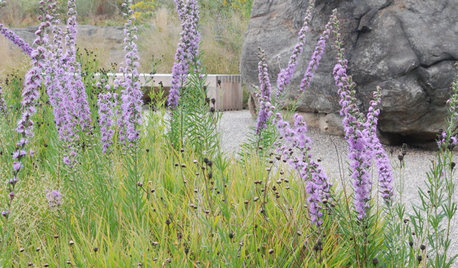
INSPIRING GARDENSNative Plants Inspire and Educate at NYC's Botanical Garden
Stroll through the new Native Plant Garden with us to get great ideas for plant choices and sustainability
Full StoryMore Discussions








Tina_n_SamOriginal Author
diggingthedirt
Related Professionals
Tempe Landscape Architects & Landscape Designers · Severn Landscape Architects & Landscape Designers · Vernon Hills Landscape Architects & Landscape Designers · Frisco Landscape Contractors · Blue Springs Landscape Contractors · Cicero Landscape Contractors · Dinuba Landscape Contractors · Fort Atkinson Landscape Contractors · North Highlands Landscape Contractors · Roseville Landscape Contractors · Yuba City Landscape Contractors · Baker Decks, Patios & Outdoor Enclosures · Fort Mill Decks, Patios & Outdoor Enclosures · Glen Ellyn Decks, Patios & Outdoor Enclosures · Pataskala Decks, Patios & Outdoor EnclosuresTina_n_SamOriginal Author
ctlady_gw
pixie_lou
gardenweed_z6a
Tina_n_SamOriginal Author
ctlady_gw
DoGooder
diggingthedirt
Tina_n_SamOriginal Author
ctlady_gw
molie
molie
NHBabs z4b-5a NH
scaryscorpion
Tina_n_SamOriginal Author
ctlady_gw
diggingthedirt
claireplymouth z6b coastal MA
NHBabs z4b-5a NH
Tina_n_SamOriginal Author
chibimimi